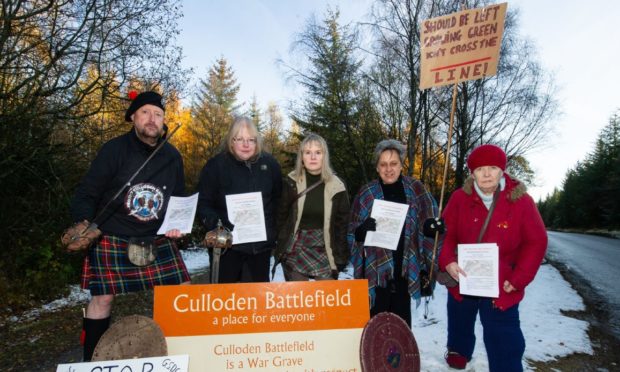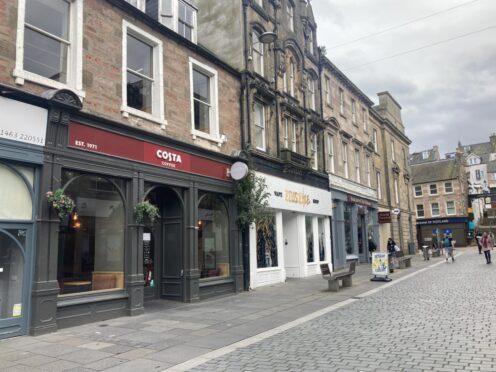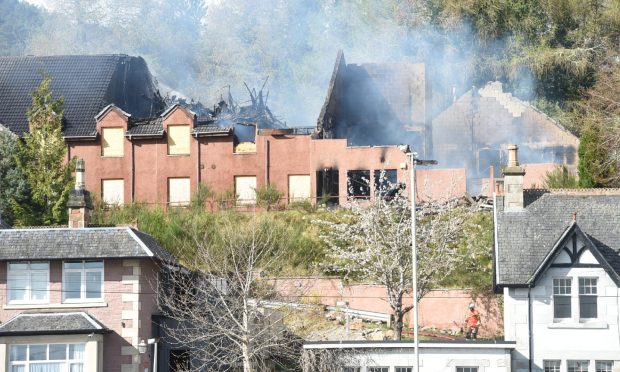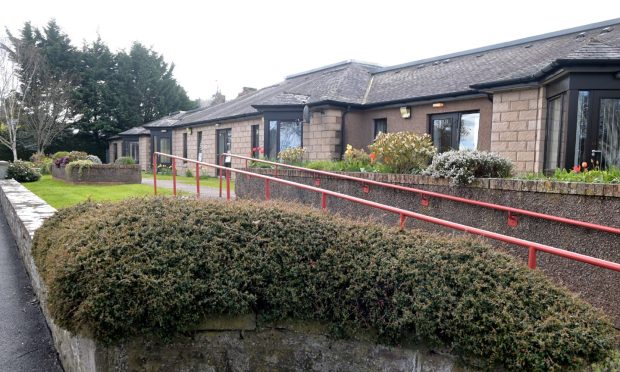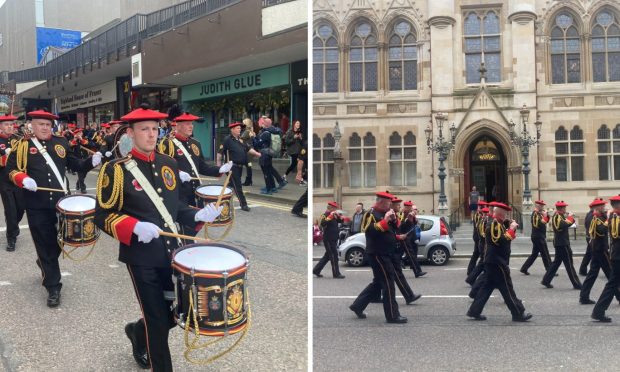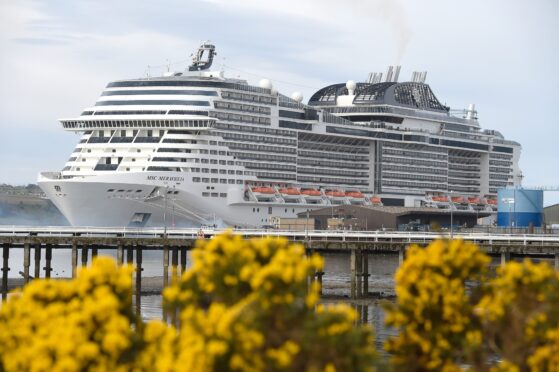A war of words has broken out over the proposed development of a former equestrian centre a mile and a half from National Trust for Scotland-owned area of Culloden battlefield.
Inverness Paving has applied for a ‘change of use’ for TreeTop stables at Faebuie, turning it into a £1m holiday village including 13 lodges, café/shop, laundry and a 100-seat restaurant.
Architect HRI Munro’s statement to Highland Council planners sets out in detail how the current application, replacing one lodged last October, reassesses the development’s impact and potential for mitigation, reconfigures the layout and positioning of the buildings, access and circulation, services and parking , and describes a detailed woodland management.
HRI Munro says that most of the objections are about the principle of development, but that local development plans, national policy and the Culloden Muir conservation area ‘all allow it, subject to location and composition, consideration of the impacts and satisfactory mitigation’.
But campaigners from Group Stop Development at Culloden (GSDC) say the 348 public comments currently on the planning files are not restricted to the principle of development, and ‘collectively contain a myriad of material planning considerations’.
The group says the architects’ response fails to address the comments of statutory consultees such as the National Trust for Scotland, the council’s historic environment team and the historical research into the site’s importance.
George Kempik of GDSC said: “They fail to take into account the impact on a Scottish battlefield of national importance, despite the applicant being on public record as saying this would be the focus of any renewed application.”
HRI Munro director Andrew Bruce said: “In that regard neither Historic Environment Scotland, Scottish Natural Heritage, Sepa, Scottish Water or the Highland Council object in respect of transport, development plan, landscape or archaeology, or find the principle of development to be awry with their understanding.”
Mr Kempik said: “We would highlight to the developers that Highland Council has been issued a notification direction in relation to this planning application by Scottish Ministers.
“All material planning considerations raised through objections will be considered by the ministers, in the case that Highland Council is minded to approve and the application is ‘called-in’ to them for determination.”
Meanwhile, an online petition claiming to be from the TreeTop Equestrian Centre to Highland Council in support of the development has so far garnered more than 250 signatures.
The petition claims the development will ‘create environmentally friendly and high quality facilities for locals and visitors; provide new local employment opportunities and strengthen Inverness and the Highlands’ claim to offer facilities of the highest standards’.
THE HISTORY
Military historian Dr Christopher Duffy has written two books on the Jacobite uprising.
Here he explains the significance of the TreeTop site in the context of the Battle of Culloden.
When, how and where an army forms up and advances to combat can exercise a decisive effect on the course and outcome of the battle that follows.
When the Duke of Cumberland marched from Nairn early on 16 April 1746, he did not know whether the Jacobite army would be standing directly in front of him on the way to Inverness, or to his left on the far side of the River Nairn.
He had to be ready to deploy from column of march to do battle in either direction.
In his recent campaigns on the continent he had learned a great deal from his Austrian allies, who had been fighting the Turks – another unpredictable enemy – in south-eastern Europe.
He had rehearsed his army in the appropriate drills, which he put into effect when he now came within sight of the Jacobite army, standing directly in front of him to the west.
Now deployed in lines of battle, he advanced across the ground to the east of the present Culloden Road, the site of the proposed TreeTop development.
The site was traversed in perfect order by the centre of the army – the regiments of Cholmondeley, Price, the Scots Fusiliers, Bligh and Fleming.
A French officer with Prince Charles was astounded by the sight, and history records that he exclaimed that he was sure ‘the day was lost’.
He probably expressed himself in more forthright terms, but the message was clear enough.
